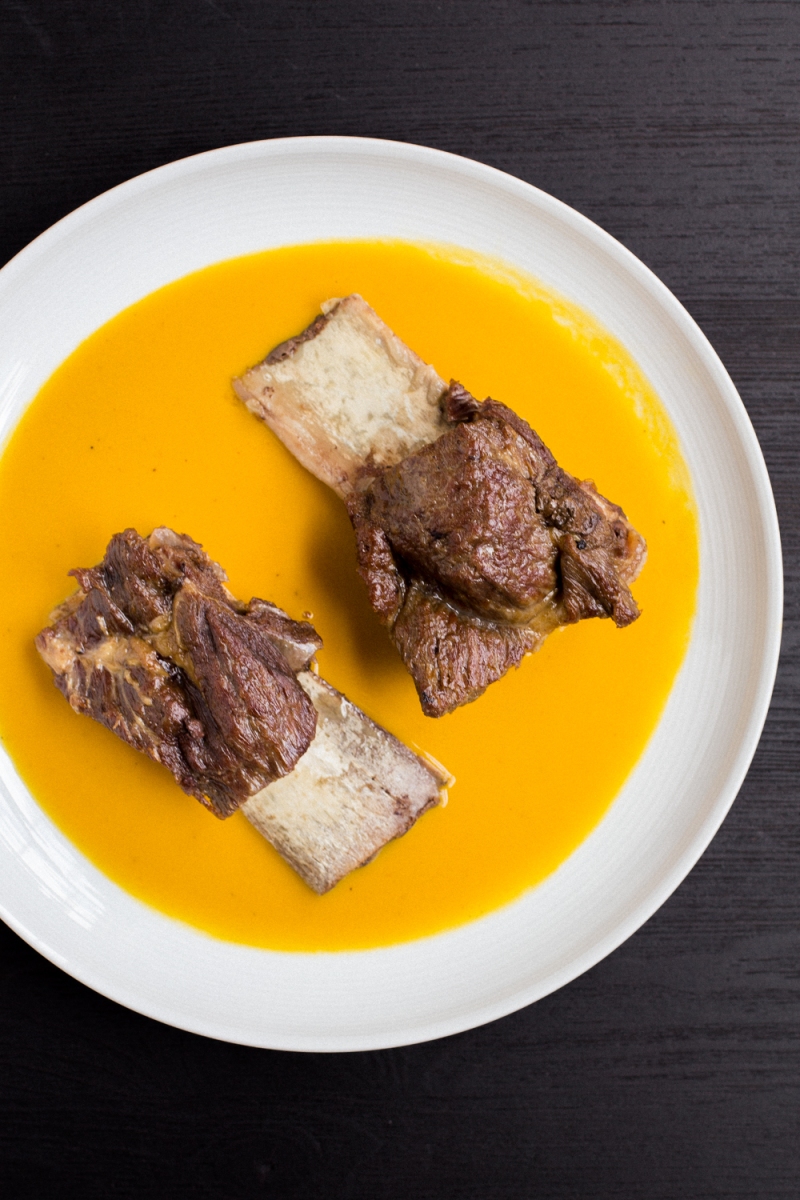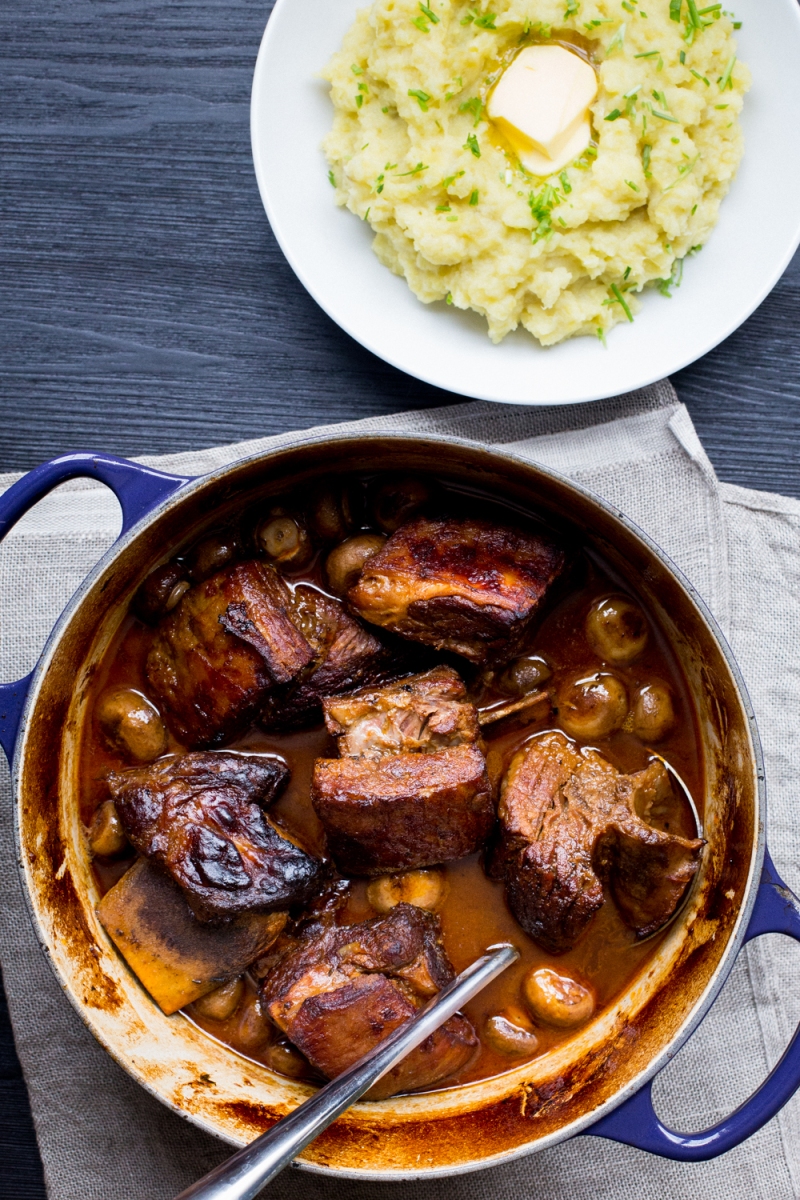
Back in 2012, I posted this recipe for traditionally-cut Korean Short Ribs (Galbi, Kalbi, 갈비). It’s one of the defining moments of this blog, when I started to dive head-first into the heritage, history, and language of food, and it remains one of my favorite recipes. In fact, we still cook this dish about once a month; after recently relocating to Virginia, I grilled up some Galbi for friends, and knew that it was time to share an updated version of this classic.
Wang Galbi (“King Galbi”) look a little different from the L.A.-cut short ribs you’re likely used to, but this is the original preparation for this dish. Ideally, you’ll want to find bone-in English-cut short ribs for this dish, but you could still use L.A.-cut or boneless short ribs as well.
I have a few versions of this recipe floating around on the internet and in my books, but for this week’s recipe I wanted to share the version that I’ve been personally making over the past couple years. I like to think of this as my weeknight-friendly recipe; I’ll combine the marinade the night before, and then pop it on the grill the following evening. All in all, you can’t find many recipes that taste this good while requiring minimal work.







